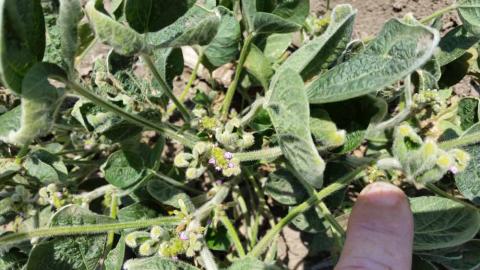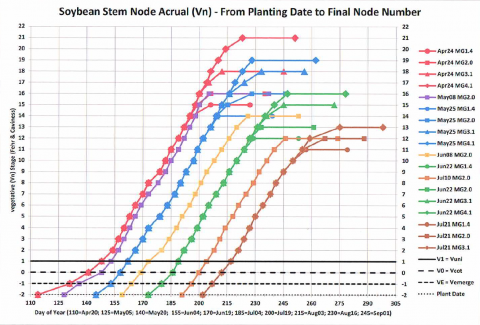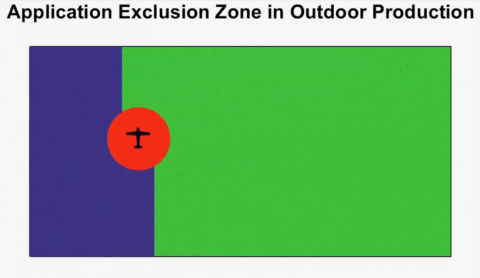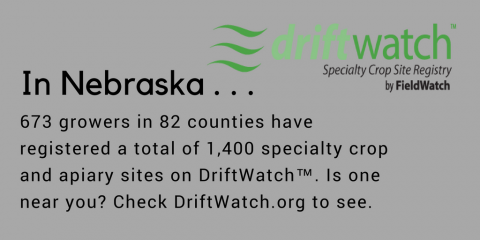8 Points to Success With Postemergence Herbicide Applications
June 19, 2019
Many crop fields did not get the early-season residual herbicides they usually would, placing a heavier reliance on post-emergence programs this year. Following these eight guidelines can help assure safe, effective POST applications that minimize the potential for off-site contamination.
Easy-to-Use Pesticide Recordkeeping Resources
April 10, 2019
Keeping detailed pesticide application records can aid in decision-making throughout the season and from year-to-year, as well as meet government requirements. Forms are available online.
Understanding Growth Regulator Herbicide Injury
July 19, 2018
There are now five structurally different growth regulator herbicides, each of which affects plant growth differently. Understanding the differences can help you better identify the cause when you find damage in your field.
Are Your Soybean Plants Exhibiting Dicamba-Induced Leaf Injury?
July 19, 2018
Learn how to examine plant development and use this forensic strategy to determine the approximate calendar date when the plants in your field were likely exposed to dicamba.
Applying Pesticides Safely
January 8, 2018
The world of pesticides is continually evolving; however, many basic principles of pesticide use for commercial and noncommercial applicators remain the same. It is vital to become familiar with how a product should be properly applied by reading and following its label. Listed here are some basic steps and a number of Nebraska Extension resources for further information. An article from the Proceedings of the 2018 Nebraska Extension Crop Production Clinics.
Know Your AEZ and Stop Spraying When Someone is In It
April 25, 2018
EPA's new Application Exclusion Zone requirement was designed to protect people from pesticides being applied either on the ground or aerially, either alone or with another product such as fertilizer. This story and video show how to meet the requirement.
Precise Spray Droplet Sizes for Optimizing Herbicide Applications
April 10, 2018
Achieving the most effective and consistent spray droplet size helps provide for precision application of pesticides, which saves input costs and reduces off-target movement. University researchers using a pulse-width modulation sprayer studied the best droplet size for effective weed control with six herbicides used in Nebraska crop production.
Specialty Growers, Pesticide Applicators Can Work Together to Protect Sensitive Crops
March 2, 2018
Growers and neighbors communicating throughout the season can help reduce injury from off-target RUP-dicamba drift this year. Using DriftWatch to identify specialty crop acres and beehives can also help.






